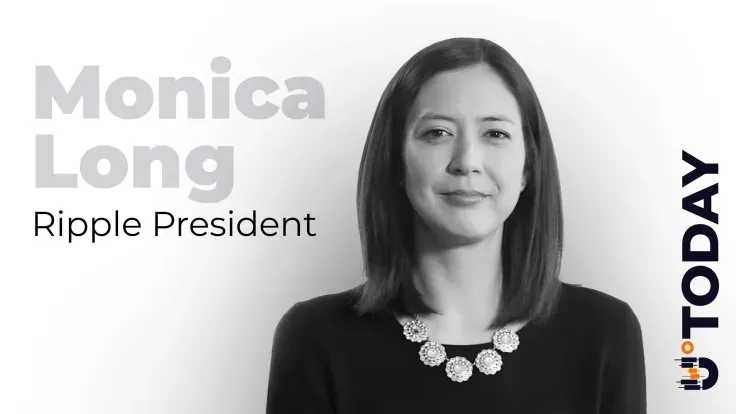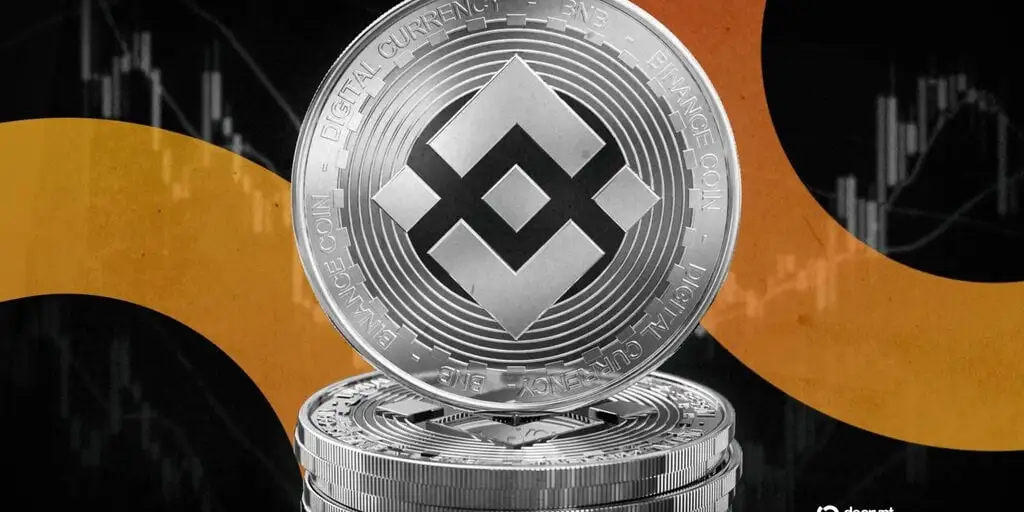Key Points:
The Federal Reserve has ended quantitative tightening (QT) and is quietly increasing liquidity by reinvesting in Treasury bonds.
Analysts are divided on how this will affect Bitcoin prices, with bulls expecting prices to reach a high of $180,000.
Bitcoin (BTC) fell 3.67% to $107,925 after the Federal Reserve announced a 25 basis point rate cut and confirmed plans to end balance sheet reduction starting in December, effectively marking the end of quantitative tightening.
Starting December 1, the Federal Reserve will stop reducing its bond holdings and begin reinvesting maturing debt into short-term Treasury bonds.
In simple terms, when the Federal Reserve's old bonds are repaid, it will not destroy that money (reducing its balance sheet) but will instead use those funds to purchase new short-term government debt.
According to data emphasized by analyst Brett, Bitcoin fell 35% after the Federal Reserve ended QT and began cutting rates in 2019, even as the U.S. stock market grew, which typically fluctuates in sync with Bitcoin.
The Bitcoin market did not recover until the Federal Reserve launched comprehensive quantitative easing (QE) in early 2020, coinciding with concerns over COVID-19.
"I would say we are currently at the peak of a four-year cycle… it may not get better," Brett added.
Meanwhile, some signs of a potential bear market beginning are being noted. Analyst Jesse Olson pointed out the "upcoming bearish MACD crossover" on the three-week chart for Bitcoin, which is a technical signal that preceded a 69% market correction in 2021-2022.
Therefore, if history repeats itself, Bitcoin faces downside risks before any new liquidity-driven rebound occurs.
Economist Lyn Alden stated that the Federal Reserve's decision to reinvest maturing debt into Treasury bonds effectively creates new money, even if the institution avoids calling it QE.
When the Federal Reserve injects cash into the financial system by purchasing Treasury bonds, it actually provides more cash reserves to the sellers of these bonds (banks, funds). More reserves mean more liquidity can be injected into the market.
According to analyst Bedouin, Bitcoin prices could further climb to the range of $130,000 to $180,000 by 2026, as he noted that liquidity growth is surpassing concerns about Bitcoin's four-year cycle.
This aligns with the year-end price targets for Bitcoin announced earlier this year by major Wall Street institutions, including JPMorgan and Standard Chartered.
Related: With the Federal Reserve cutting rates and Trump making trade remarks, Bitcoin (BTC) ETF sees $470 million outflow.
免责声明:本文章仅代表作者个人观点,不代表本平台的立场和观点。本文章仅供信息分享,不构成对任何人的任何投资建议。用户与作者之间的任何争议,与本平台无关。如网页中刊载的文章或图片涉及侵权,请提供相关的权利证明和身份证明发送邮件到support@aicoin.com,本平台相关工作人员将会进行核查。




